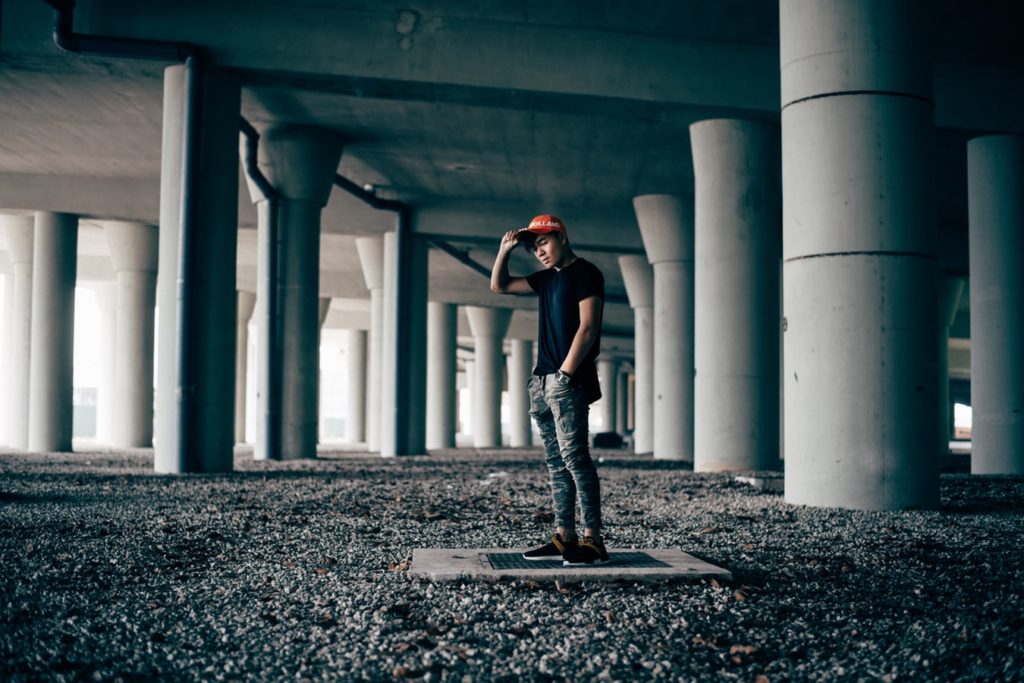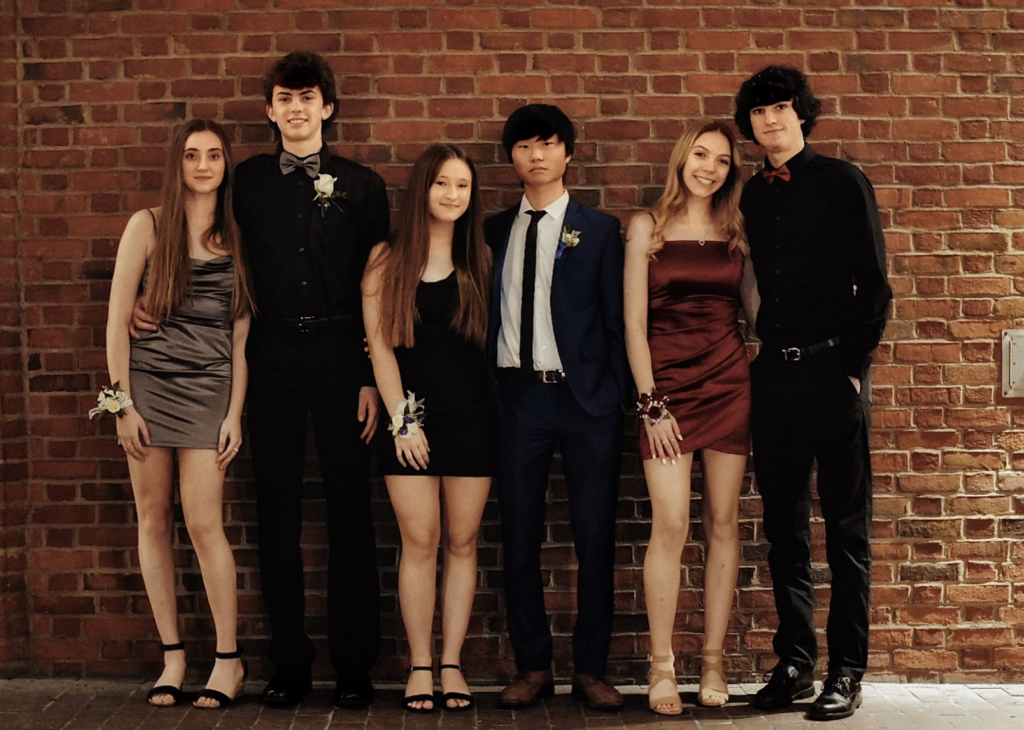Shooting outdoor portraits can be very rewarding and fun if you know what kind of setup is ideal for such sessions. Unlike indoor portrait sessions, outdoor ones are tricky in terms of lighting – you can’t fully control it but you can learn how to take advantage of various lighting conditions!
In this article, we’ll cover what kind of gear you need for outdoor portraiture and what are the ideal camera settings.
Lenses
When it comes to lenses, you should choose a short telephoto lens if you want to flatter your subject. For instance, something like 85mm or 135mm is a great choice. These lenses also have a wide maximum aperture (such as f/1.4 or f/1.8), which means you’ll be able to shoot in low light – this is quite important for outdoor portraiture.
Another great thing about telephoto lenses with wide maximum aperture is the fact that they can throw the background out of focus and not distort the model’s face. Since it can be very demanding to find a perfect background when shooting outdoors, the option to blur everything but the subject is very useful.
Using wide-angle lenses for outdoor portraits isn’t necessarily bad, but it can distort your subject’s face and make it look oddly proportioned.

Tripod
Tripod isn’t useful only because it allows you to stabilize your camera and shoot in low light – it also forces you to slow down and think before you hit the shutter. This means that your compositions will be better when you’re using a tripod and you’ll take more time to capture the best expression and build rapport with the person you’re photographing.

Reflector
It’s very hard to take properly lit portraits outdoors without a reflector unless the lighting conditions are ideal. Even if you’re an amateur portraitist, you should own a reflector – they are quite affordable.
Reflectors come in a variety of sizes and colors – they can be white, silver, gold, black, and translucent. You should get one that is at least 32” – bigger is better in terms of reflectors. Two-sided reflectors that have white and either gold or silver coating are very versatile!
Even though reflectors aren’t expensive, you shouldn’t buy the cheapest one because its gold or silver surface will probably start to peel off after being folded up a few times.

Off-Camera Flash
Using flash outdoors isn’t mandatory, but it will expand your shooting options. Being limited to available light can even ruin your photoshoot if the location and weather aren’t bringing the best out of your subject. Typical outdoor situations where you may want to add some artificial lighting are:
- When your subject is backlit but you don’t want to capture just a silhouette
- On an overcast day when the light comes from overhead and causes dark eye sockets
- When the subject is in the shade and the background is brightly lit

Proper Settings
You should definitely shoot your outdoor portrait sessions in manual mode so that you have full control over ISO, aperture and shutter speed.
ISO
You should be able to keep your ISO quite low when you’re shooting outdoors. Ideally, it should be between 100-400 if possible, maybe a little bit higher if you need to use a faster shutter speed (for instance if you’re photographing kids).
Aperture
Your choice of aperture should depend both on the lighting conditions and subject. The aperture between f/2 and f/4 is ideal for a single subject, while f/5.6 – f/8 is great for groups.
You should be very careful when shooting wide open such as f/1.8 or f/1.4. The depth of field is so narrow in this case that you’ll have to be really precise with your focus. You can easily end up with the eyes of your subject sharp but their nose out of focus. If you’re not totally confident in your focusing abilities go for a slightly smaller aperture such as f/2.8 or f/4 even when you photograph a single subject.

Shutter Speed
While there is no fixed rule when it comes to the choice of shutter speed for outdoor portraiture, you will probably use something in between 1/200th and 1/15th sec.
In case you’re photographing kids outdoors you’ll need to use faster shutter speeds! You can start at 1/125th or slightly higher and adjust as needed.
If you have a tripod, you can also experiment with very slow shutter speeds at night, such as one second or longer. Shooting outdoor portraits at night can be quite fun and creative! If you have an off-camera flash you will have even more options.
White Balance
Choosing the correct white balance is very important since it will affect the overall vibe of your outdoor portraits.
You can choose one of your camera’s WB presets such as Daylight or Shady – you just need to find the one that most closely matches the lighting conditions. In case you use both natural and artificial light outdoors, it might be difficult to use those WB presets and you should pick your white balance manually. Just bear in mind that the cooler the light, the higher the number and the warmer the light, the lower the number. For example, golden hour color temperature is 2800 to 3000 K while blue sky color temperature is 10000 K.
It’s useful to know that people usually look better with more warmth (yellow) in their skin than blue (cooler) tones. Of course, your choice of white balance should depend on the purpose of your photoshoot – sometimes you will want to choose the wrong white balance on purpose, simply to create something unusual and unexpected.

If you want to learn more about outdoor portraits, feel free to check out the following links!






